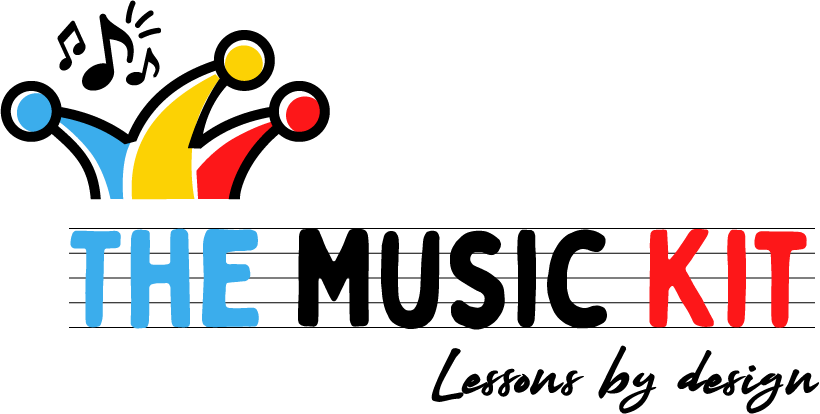Suzuki Method
What is the Suzuki Approach about?
The world-renowned Suzuki Method is a holistic approach to teaching music that enables children to become accomplished musicians from a very young age. It enriches students’ self-esteem and parent-child relationships while incorporating technique into simple and fun songs being learned. Shinichi Suzuki, Japanese violinist and teacher (b.1898), devised this method by which millions of young children worldwide learned to play the violin. Instead of trying to teach them to read music, he emphasized listening, imitation, and repetition, theorizing that children could learn to play music the same way they learn language. The method was eventually used in teaching other instruments such as piano, cello, and harp, and has become a worldwide music teaching sensation.
Parent Involvement
As when a child learns to talk, parents are involved in the musical learning of their child. They attend lessons with the child and serve as “home teachers” during the week. One parent often learns to play before the child, so that s/he understands what the child is expected to do. Parents work with the teacher to create an enjoyable learning environment.
Early Beginning
Listening
Children learn words after hearing them spoken hundreds of times by others. Listening to music every day is important, especially listening to pieces in the Suzuki repertoire so the child knows them immediately.
Repetition
Constant repetition is essential in learning to play an instrument. Children do not learn a word or piece of music and then discard it. They add it to their vocabulary or repertoire, gradually using it in new and more sophisticated ways.
Encouragement
As with language, the child’s effort to learn an instrument should be met with sincere praise and encouragement. Each child learns at his/her own rate, building on small steps so that each one can be mastered. Children are also encouraged to support each other’s efforts, fostering an attitude of generosity and cooperation.
Graded Repertoire
Children do not practice exercises to learn to talk but use language for its natural purpose of communication and self-expression. Pieces in the Suzuki repertoire are designed to present technical problems to be learned in the context of the music rather than through dry technical exercises.
Delayed Reading
Children learn to read after their ability to talk has been well established. in the same way, children should develop basic technical competence on their instruments before being taught to read music.
The Suzuki Legacy
Shinichi Suzuki, born in 1898, was a violinist, educator, philosopher, and humanitarian. He based his approach on the belief that “Musical ability is not an inborn talent, but an ability which can be developed. Any child who is properly trained can develop musical ability, just as all children develop the ability to speak their mother tongue. The potential of every child is unlimited.” Dr. Suzuki’s goal was not simply to develop professional musicians, but to nurture loving human beings and help develop each child’s character through the study of music.
Talent Education differs from other methods of teaching music to children.
Students can begin at a young age.
Parents play an active role in the learning process.
Children become comfortable with the instrument before learning to read music.
Technique is taught in the context of each piece rather than through technical exercises.
Pieces are refined through constant review.
Students perform frequently, individually, and in groups.
